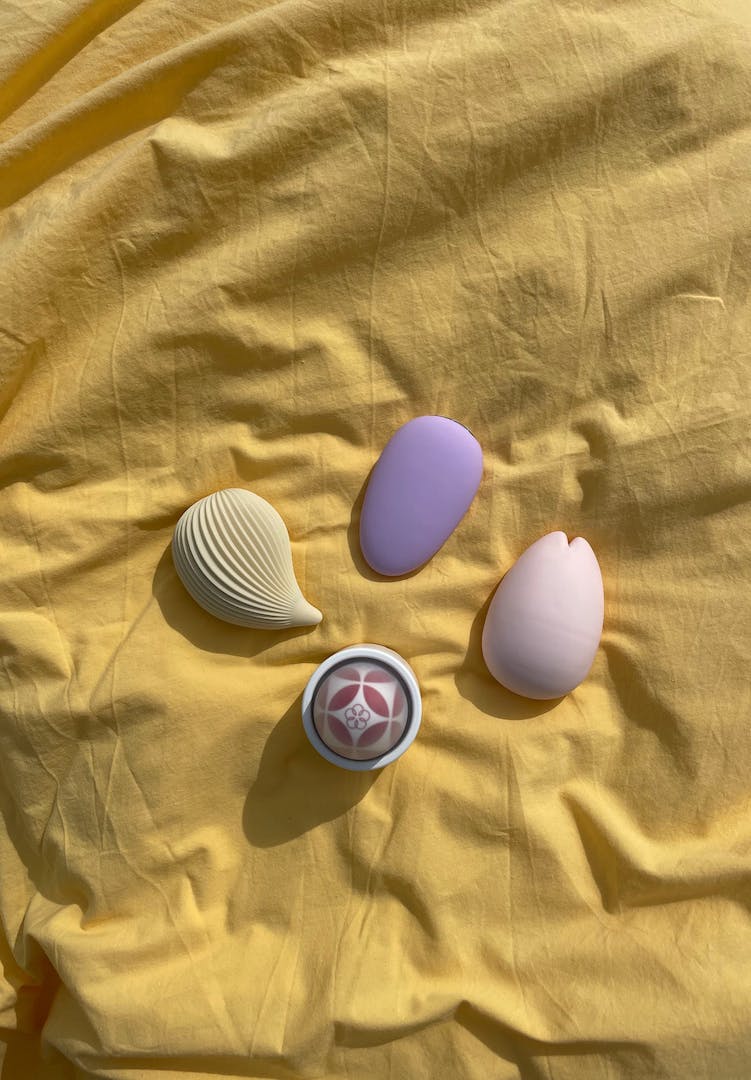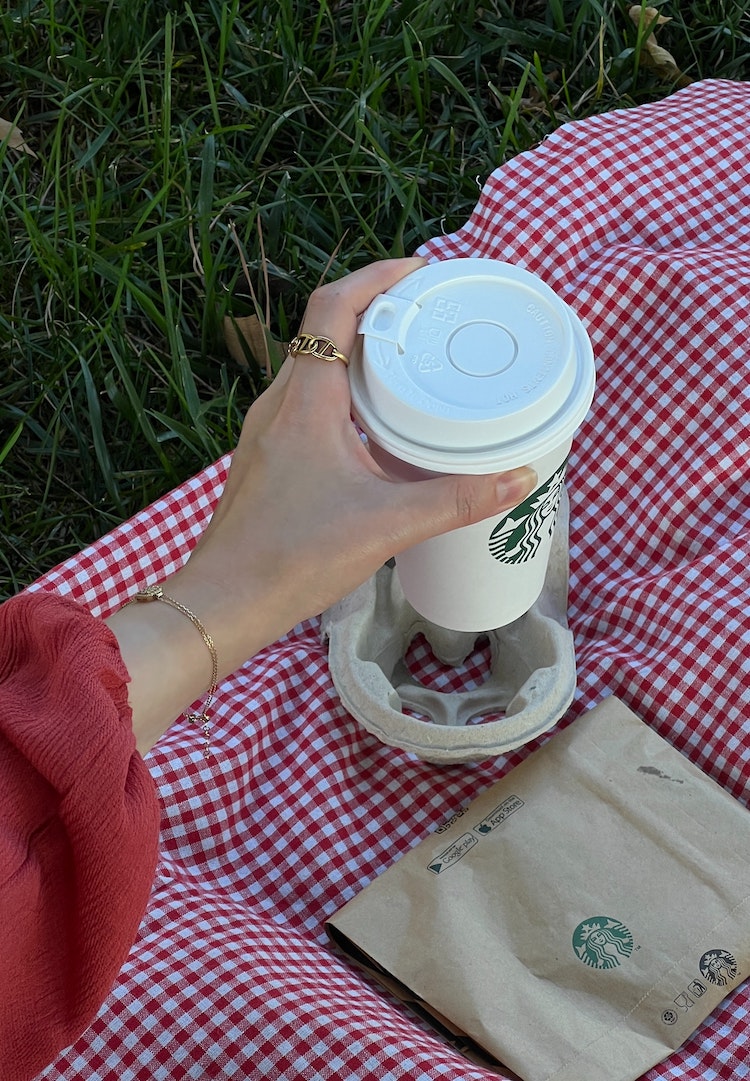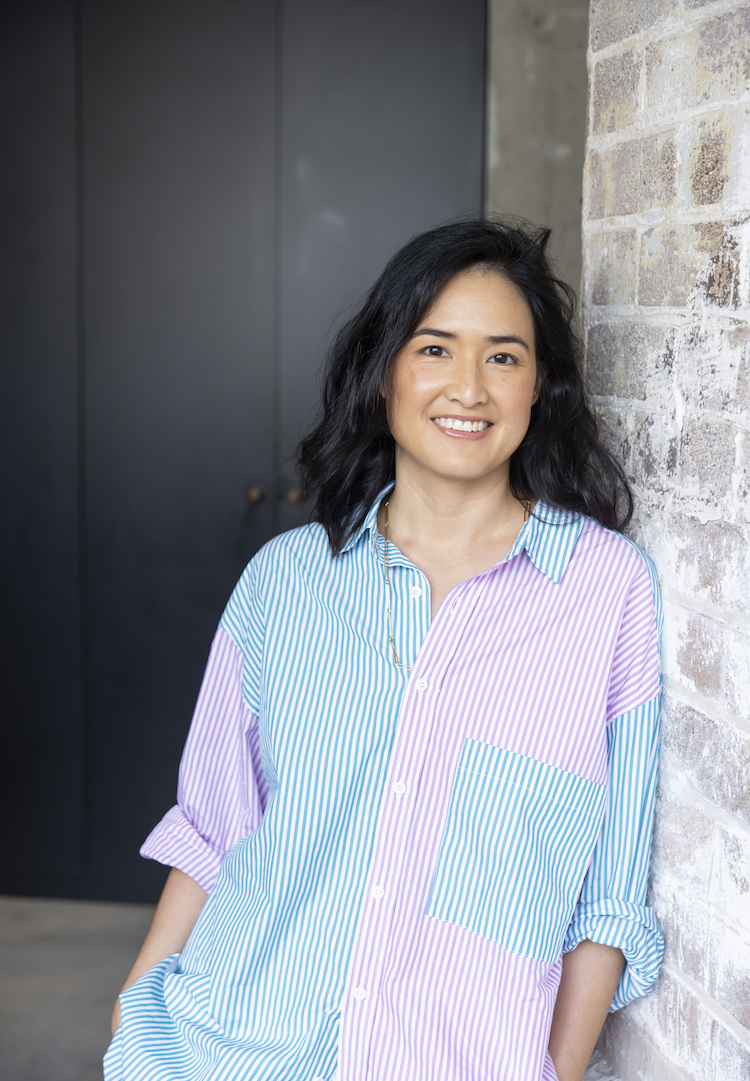How to make and actually stick to a savings plan
IN PARTNERSHIP WITH UP
WORDS BY MAGGIE ZHOU
For your future self.
To be quite frank, I never saw the point of piggy banks. Dropping miscellaneous coins into an unsuspecting animal tin felt slow, futile and boring. Money is rarely a sexy topic – particularly when saving is brought up. Eyes often tend to glaze over. You don’t need to have fluent financial literacy to know savings are important, but it’s one thing to understand that and another thing to enact it.
My savings account is, if I’m honest, a secondary account I pull from quite regularly. There are times I catch myself thinking, ‘What’s the point of my savings account if I’m going to let myself take however much I want out of it, whenever I want?’. But recently I caught a snippet of financial behaviour specialist Emma Edwards’ podcast where she was speaking about the hidden impact of this thought pattern.
For more content like this, browse through our Life section.
“When you’re pulling money out of your savings, emotionally… you are taking money from future you to change your emotional state in the present,” she says. “We’re choosing now over later and so… the obvious antidote to that [is that] we need tomorrow to be more attractive than today.”
The concept of a savings account, then, is about optimism. It’s about saving for an unspecified and unpromised future. And according to Australian digital bank Up’s recent report, Sound Check, 52 per cent of us have made a start on our savings and feel okay about providing for our future needs.
Sure, that shows the majority of us have savings, but almost half of us don’t. It’s tough out there. I don’t need to point out the economic climate we’re living in – you already live it.
When Up asked over 54,000 Australians about their money habits, almost half of the respondents (41 per cent) blamed themselves for their poor saving habits. That figure rose with more than half of Gen Z saying that “overspending on the good life” has inhibited them from reaching their financial goals.
So how can we really create and keep to a savings goal? Unlike the one-size-fits-all piggy bank approach, savings habits are personal and should be customised to every individual. Read on for some advice on how to get started, no matter where you’re at.
Figure out your why
Money is emotional. The definition of money and what it represents is malleable in different people’s hands. Everyone has a money story – an amalgamation of their beliefs, feelings, experiences and upbringing around finances. Understanding your own money story provides a framework for understanding your current relationship with money.
This leads us to acknowledge why we want to build up a solid savings plan. Does it stem from a fear of financial struggle? Does it come from a desire to acquire wealth? Is it because you want to save for a house, a car or a holiday?
“Young people might be putting their savings towards making memories and experiences in order to enrich their life,” Up’s Chief Product Officer Anson Parker says. “[Up users] are setting up saving goals for everything from travel to eating out or putting their money towards a big life experience.”
A savings plan needs a compelling ‘why’ to keep you focused and determined. Dream big and allow yourself to imagine what meeting your financial goals would look like for you.
Don’t be scared of reality
I’m guilty of tapping my phone’s little bank card for small payments every day. It’s so easy and quick that the money doesn’t even feel like it’s leaving my account – and that’s precisely the problem.
It’s tempting to shy away from the realities of our spending habits. Not knowing how much we spend on categories like clothing, nights out and coffee doesn’t change the fact that those funds are exiting our accounts. We’re just left in the dark about it.
Getting a grip on savings starts with your spending. Don’t be scared to have transparency over everything that leaves your account. At the end of the day, it’ll allow you to better understand where your money should be going.
View this post on Instagram
Up’s newest feature, Hi–Fi, is here to help Australians do just that. It’s a new way to tackle money management using a simple, automated system. Located in the Up app, it neatly allocates your payday income to your outgoing bills, payments and various saving folders.
“It will allow [Australians] to comfortably know how much they’re due to have left over at the end of each payday so they can spend (responsibly) on the good life,” Anson adds.
Celebrate the wins
The biggest lie we’re told about saving goals is that we’re forced to go without. That isn’t the case – you can keep your little treats, they just might take a different form. To keep your motivation up, remember to stop and reflect during your savings journey and celebrate just how far you’ve come.
Heed advice from fellow Fashion Journal readers – why not swap a spa day for a store-bought face mask, join a hair model Facebook group for cheaper hair appointments or buy dehydrated flowers instead of fresh blooms? Because each penny you save is going to a good cause – you!
The financial information contained in this article is general and doesn’t take into account your personal financial objectives, situation, or needs. It’s important to do your own research and consider getting in touch with a professional adviser to access specific information tailored to your own unique situation.
For more on improving your saving habits, head here.










